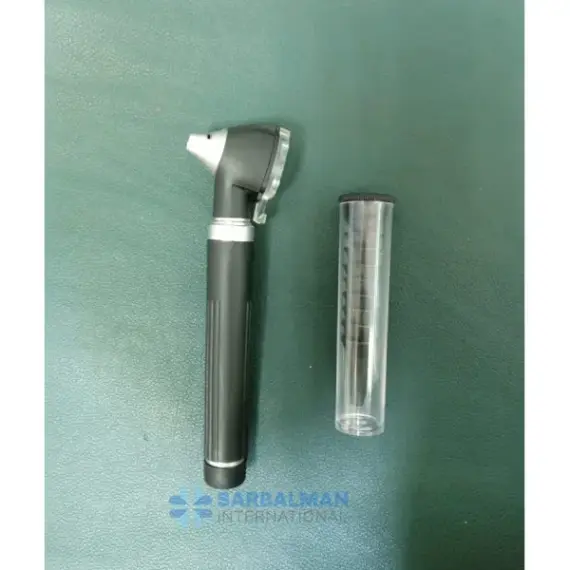Otoscope
Free!
An otoscope is a handheld ear-exam tool that combines bright light, magnification, and a patient-friendly speculum to view the ear canal and eardrum. Use it to spot infections, wax, perforations, or tube status in seconds. Choose LED illumination, the right specula sizes, and optional pneumatic testing for mobility assessment. It’s portable, easy to disinfect, and built for everyday use in clinics, pediatrics, ENT, and outreach settings.
Description
An otoscope is a handheld instrument used to examine the ear canal and tympanic membrane with bright illumination and magnification. It helps clinicians diagnose conditions such as otitis media, wax impaction, perforations, and external ear infections. A cone-shaped speculum gently opens the canal while the lens provides a clear, close view. Many models accept an insufflation bulb for pneumatic otoscopy to assess eardrum mobility, an important clue in middle-ear disease.
Key features and benefits:
• High-intensity LED or halogen light for color-true visualization
• Fiber-optic or coaxial light paths that minimize shadows in narrow canals
• 2.5–3x magnification window, some with flip-up lens for instrument access
• Range of reusable or single-use specula sizes for infants through adults
• Optional insufflation port for mobility testing of the tympanic membrane
• Rechargeable or battery handles; pocket and desk/wall systems for different workflows
• Smooth, wipe-clean surfaces to support routine disinfection between patients
Common use cases:
• Primary care, ENT, pediatrics, and urgent care for rapid diagnosis and follow-up
• Earwax management and foreign-body evaluation before instrumentation or lavage
• Post-operative checks after tube placement or tympanic procedures
• School screenings, outreach clinics, and home-visit kits where portability matters
How it compares:
• Versus headlamp and speculum alone, an otoscope delivers brighter, focused light and magnification for faster, more confident findings.
• Versus video otoscopes, a classic optical otoscope is lighter, more durable, and cost-effective for routine exams; video systems add recording and remote sharing when documentation is key.
Quality and care notes:
• Choose clear, well-fitting specula and a stable light output to preserve color fidelity.
• Follow local infection-control guidance for cleaning, disinfection, and speculum reuse.
• Select devices built under recognized medical-device quality systems and compliant with applicable electrical safety and performance standards in your region.
An accurate otoscopic exam starts with dependable optics and clean illumination. A well-built otoscope gives fast, reliable views that support better decisions at the point of care.




